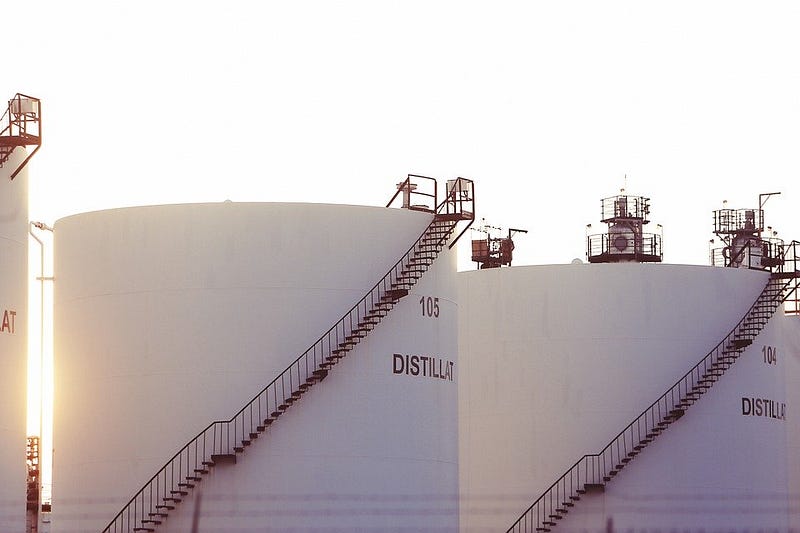Distillation: Separation by structure
By Ryan Brady, Chemical Engineering & Biochemistry, 2022

Think about the air around you. What is it made up of? It is not merely one component, but a variety of them: 78 percent nitrogen, 21 percent oxygen, 0.9 percent argon and small amounts of other gases. Air represents just one of the infinite number of mixtures on Earth, and distillation is one of the key processes used in the separation of complex mixtures.
Distillation is the process of separating complex mixtures through heating. It involves using the difference in boiling points of molecules to separate the components of the mixture. The separation is accomplished when the mixture that is initially liquid reaches its boiling point, and vaporizes. The vapor then moves away from the heat source and slowly cools. This allows the recondensing liquids to be collected.
Distillation is the process of separating complex mixtures through heating. It involves using the difference in boiling points of molecules to separate the components of the mixture.
The structure of the molecules directly impacts the boiling point — allowing it to be used to separate molecules by size. In order to change between liquid and vapor state, heat energy must be added, which is what leads to the lower density of gases. A variety of intermolecular forces influence the vaporization temperature of chemicals. In petroleum products, the main force is dispersion forces. Dispersion forces are caused by the random movement of the electron clouds in molecules and are directly influenced by the size of the individual molecules.
A real-life example of this is the process of refining crude oil. When oil is extracted from the Earth, it contains a huge variety of hydrocarbons of different sizes, making it impossible to use. However, the difference in sizes allows for the breaking down of the crude oil into a variety of essential products. The smallest hydrocarbon — methane — is used for natural gas to heat homes and provide electricity. On the other end of the spectrum are hydrocarbons, with more than 30 carbon atoms; these compounds can be used in products like coke and asphalt. Additionally, these larger products can be chemically broken down into smaller hydrocarbons, which are generally more valuable and useful. Most of the hydrocarbons that have between two and 30 carbons are used in a variety of fuel types ranging from gasoline to jet fuel. The variety of energy products derived from this single mixture illustrates the benefits of distillation and its ability to turn a useless raw material into numerous essential consumer products.
